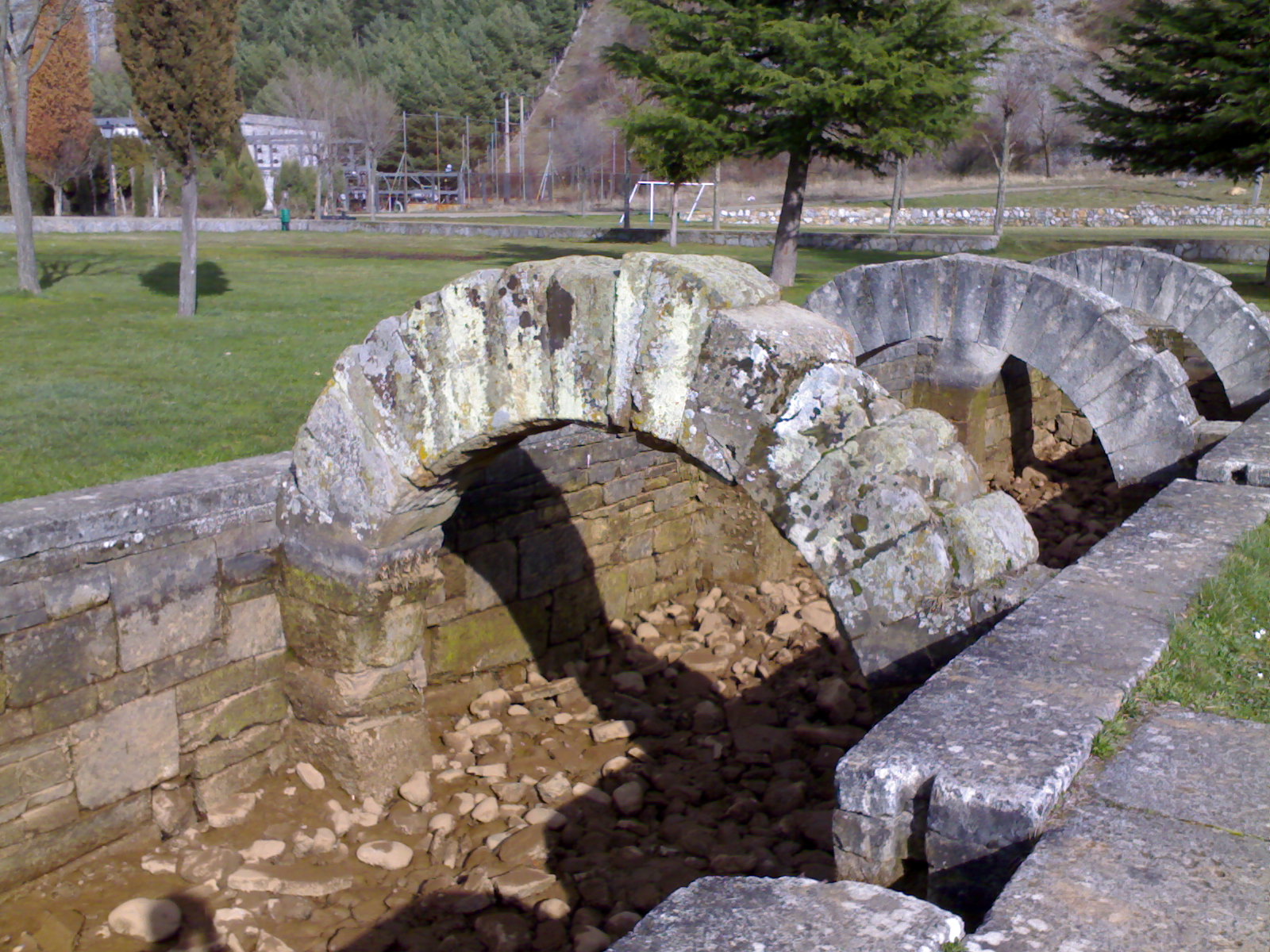Fuentes TamĂĄricas on:
[Wikipedia]
[Google]
[Amazon]
The Fontes Tamarici, in
 Studies of the naturalist and
Studies of the naturalist and
VelilladelrioCarrion.es: Tamaric Fountains in Velilla del RĂo CarriĂłn
{{Cantabrian mythology Ancient Roman buildings and structures in Spain Fountains in Spain Buildings and structures in the Province of Palencia Prophecy Tourist attractions in Castile and LeĂłn
Spanish
Spanish might refer to:
* Items from or related to Spain:
**Spaniards are a nation and ethnic group indigenous to Spain
**Spanish language, spoken in Spain and many Latin American countries
**Spanish cuisine
Other places
* Spanish, Ontario, Can ...
''Fuentes TamĂĄricas'' (English
English usually refers to:
* English language
* English people
English may also refer to:
Peoples, culture, and language
* ''English'', an adjective for something of, from, or related to England
** English national ide ...
: ''Tamaric Fountains'') are three springs located by the geographer and Roman historian Pliny the Elder
Gaius Plinius Secundus (AD 23/2479), called Pliny the Elder (), was a Roman author, naturalist and natural philosopher, and naval and army commander of the early Roman Empire, and a friend of the emperor Vespasian. He wrote the encyclopedic ' ...
in classical Cantabria. Since the 18th century they have been identified with the source of ''La Reana'' in Velilla del RĂo CarriĂłn, Palencia
Palencia () is a city of Spain located in the autonomous community of Castile and LeĂłn. It is the capital and most populated municipality of the province of Palencia.
Located in the Northwest of the Iberian Peninsula, in the northern half o ...
, Spain
, image_flag = Bandera de España.svg
, image_coat = Escudo de España (mazonado).svg
, national_motto = ''Plus ultra'' (Latin)(English: "Further Beyond")
, national_anthem = (English: "Royal March")
, i ...
. The first mention of the spring, by Pliny, dates from the time of the Roman conquest of Cantabria
Cantabria (, also , , Cantabrian: ) is an autonomous community in northern Spain with Santander as its capital city. It is called a ''comunidad histĂłrica'', a historic community, in its current Statute of Autonomy. It is bordered on the east ...
. Pliny records that the springs were frequently dry, while other nearby springs continued to flow; he says that the springs being dry was considered to be a bad omen.
History
The Tamarici, one of the tribes that made up theCantabri
The Cantabri ( grc-gre, ÎαΜÏÎŹÎČÏÎżÎč, ''Kantabroi'') or Ancient Cantabrians, were a pre-Roman people and large tribal federation that lived in the northern coastal region of ancient Iberia in the second half of the first millennium BC. Thes ...
, inhabited the area from the 3rd century BC. They worshiped waters and the sacred springs. The exact year of the construction of the Fontes Tamarici is unknown, but when the Roman Empire
The Roman Empire ( la, Imperium Romanum ; grc-gre, ÎαÏÎčλΔία Ïáż¶Îœ ῏ÏÎŒÎ±ÎŻÏÎœ, BasileĂa tĂŽn RhĆmaĂĆn) was the post- Republican period of ancient Rome. As a polity, it included large territorial holdings around the Mediter ...
conquered Cantabria
Cantabria (, also , , Cantabrian: ) is an autonomous community in northern Spain with Santander as its capital city. It is called a ''comunidad histĂłrica'', a historic community, in its current Statute of Autonomy. It is bordered on the east ...
in 19 BC, they found these sources that drew wide attention. The outbreak irregular emptying its waters and unexpected, accompanied by the noise that precedes underground filling, had to be at that time matter of respect and adoration. Possibly they were used as baths, laundry and omen. It has been also suggested that the fountain could be dedicated to a god of the waters, where predictions were made based on their irregular filling and emptying cycle. In the thirteenth century it was built beside a hermitage devoted to John the Baptist
John the Baptist or , , or , ;Wetterau, Bruce. ''World history''. New York: Henry Holt and Company. 1994. syc, ÜÜÜżÜÜČܹܔܹ ÜĄÜČÜ„ÜĄÜĘܔܹܔÜ, Yoáž„anÄn MaÊżmážÄnÄ; he, ŚŚŚŚ Ś ŚŚŚŚŚŚ, YohanÄn HaMatbil; la, Ioannes Bapti ...
, to Christianize the place and delete all relations with pagan rites.
The curse of Pliny
 Studies of the naturalist and
Studies of the naturalist and geographer
A geographer is a physical scientist, social scientist or humanist whose area of study is geography, the study of Earth's natural environment and human society, including how society and nature interacts. The Greek prefix "geo" means "earth" a ...
Pliny the Elder
Gaius Plinius Secundus (AD 23/2479), called Pliny the Elder (), was a Roman author, naturalist and natural philosopher, and naval and army commander of the early Roman Empire, and a friend of the emperor Vespasian. He wrote the encyclopedic ' ...
on the lands occupied by the Roman Empire
The Roman Empire ( la, Imperium Romanum ; grc-gre, ÎαÏÎčλΔία Ïáż¶Îœ ῏ÏÎŒÎ±ÎŻÏÎœ, BasileĂa tĂŽn RhĆmaĂĆn) was the post- Republican period of ancient Rome. As a polity, it included large territorial holdings around the Mediter ...
are crucial for knowledge and location of Tamaric Fountains. In his '' Naturalis Historiae'', XXXI, 3, is where he alludes its particularity:
Lartius Licinius was a great supporter of the work of Pliny, with his intense desire for knowledge of new discoveries, he visited the spring when it were in their dry phase, and died a week after in 70 AD.Pliny XXXI 24: «sicut proxime Lartio Licinio legato post praeturam; post septem enim dies occidit».
References
External links
VelilladelrioCarrion.es: Tamaric Fountains in Velilla del RĂo CarriĂłn
{{Cantabrian mythology Ancient Roman buildings and structures in Spain Fountains in Spain Buildings and structures in the Province of Palencia Prophecy Tourist attractions in Castile and LeĂłn